How To Attach Camera To C Stand ?
To attach a camera to a C-stand, you can use a variety of mounting options. One common method is to use a camera mounting plate or quick release plate that attaches to the bottom of the camera. This plate typically has a threaded screw that can be inserted into the mounting hole on the top of the C-stand. Once the screw is securely tightened, the camera will be attached to the C-stand. Another option is to use a camera clamp or grip head that can be attached to the C-stand's arm or grip arm. The camera can then be mounted onto the clamp or grip head using the appropriate mounting adapter or plate. It is important to ensure that the camera is securely attached to the C-stand to prevent any accidents or damage.
1、 Mounting a Camera on a C Stand: Step-by-Step Guide
Mounting a camera on a C stand is a common practice in the photography and film industry. It provides stability and flexibility when positioning the camera for capturing the perfect shot. Here is a step-by-step guide on how to attach a camera to a C stand:
1. Start by setting up the C stand: Extend the legs of the C stand and lock them in place. Make sure the stand is stable and secure before proceeding.
2. Attach the grip head: The grip head is the part of the C stand that holds the camera. Slide the grip head onto the top of the stand's main column and tighten the knob to secure it in place.
3. Prepare the camera: Attach the camera to a quick-release plate or a camera mounting plate. Make sure the plate is securely attached to the camera.
4. Attach the camera to the grip head: Slide the quick-release plate or camera mounting plate onto the grip head. Most grip heads have a locking mechanism that secures the plate in place. Ensure that the camera is tightly secured to the grip head to prevent any accidents.
5. Adjust the camera position: Use the grip head's handles to adjust the camera's position. You can tilt, pan, and rotate the camera to achieve the desired angle and composition.
6. Secure the camera: Once you have positioned the camera, tighten the grip head's knobs to lock it in place. Double-check that the camera is securely attached and won't move during the shoot.
It's important to note that the specific steps may vary depending on the type of C stand and grip head you are using. Always refer to the manufacturer's instructions for the specific equipment you have.
In recent years, there have been advancements in camera mounting technology, such as motorized gimbal stabilizers and camera cages. These tools offer additional stability and control when mounting a camera on a C stand. They can be particularly useful for capturing smooth and steady shots, especially in dynamic shooting environments.
Overall, mounting a camera on a C stand is a straightforward process that provides stability and flexibility for capturing high-quality images and videos.

2、 Choosing the Right Camera Mount for a C Stand
Choosing the right camera mount for a C stand is essential for securely attaching your camera and ensuring stability during shoots. There are several options available, each with its own advantages and considerations.
One common method is to use a ball head mount. This type of mount allows for easy adjustment of the camera's angle and position. It typically features a ball and socket joint that can be tightened to lock the camera in place. Ball head mounts are versatile and can accommodate various camera sizes and weights. They are also relatively quick to set up and adjust.
Another option is a fluid head mount. Fluid heads provide smooth and controlled movement, making them ideal for video shoots. They often feature a pan and tilt mechanism, allowing for precise camera movements. Fluid heads are commonly used in professional video production but can also be suitable for still photography.
When attaching the camera to a C stand, it is important to ensure that the mount is securely tightened to prevent any accidental movement or damage. Additionally, consider the weight and size of your camera when choosing a mount to ensure it can support the equipment properly.
In recent years, there has been an increase in the popularity of gimbal stabilizers. These handheld devices use motors and sensors to stabilize the camera and provide smooth footage even when moving. While not directly attached to a C stand, gimbals can be used in conjunction with a C stand to provide additional stability and support.
Ultimately, the choice of camera mount for a C stand depends on your specific needs and shooting style. Consider factors such as camera weight, movement requirements, and budget when making your decision.
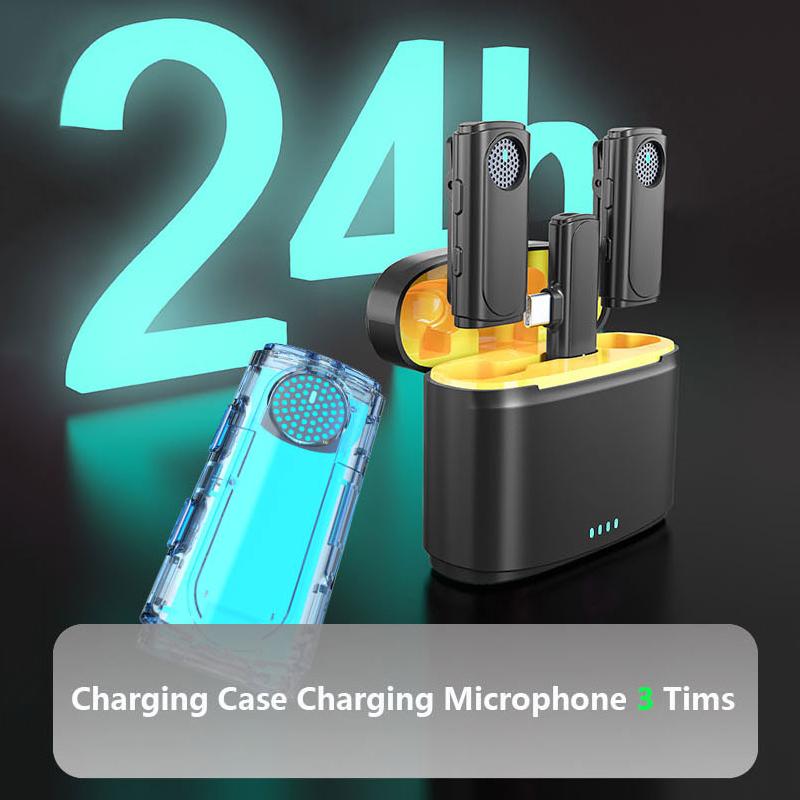
3、 Securing a Camera to a C Stand with Clamps
Securing a camera to a C stand with clamps is a common and effective method used by photographers and videographers. This technique ensures stability and allows for precise positioning of the camera. Here's a step-by-step guide on how to attach a camera to a C stand using clamps:
1. Start by setting up the C stand in the desired location. Make sure the legs are securely locked in place to provide a stable base.
2. Attach a grip head to the top of the C stand. The grip head is the part that holds the camera and allows for adjustments. Tighten the grip head securely to the stand.
3. Place the camera on a quick-release plate or mounting plate. This plate is designed to attach to the camera's tripod mount and provides a secure connection to the grip head.
4. Attach the quick-release plate to the grip head. Most grip heads have a screw mechanism that allows you to tighten the plate securely in place.
5. Use clamps to further secure the camera to the grip head. Clamps are typically used to prevent any accidental movement or slippage. Attach the clamps to the grip head and tighten them securely around the camera.
6. Once everything is securely in place, double-check the stability of the camera setup. Make sure the camera is level and balanced on the C stand.
It's important to note that the latest point of view in camera mounting techniques includes the use of additional accessories such as anti-vibration mounts or shock absorbers. These accessories help minimize any vibrations or movements that could affect the stability of the camera during shooting. Additionally, it's always recommended to use a safety cable or strap as an extra precaution to prevent any accidents or damage in case the camera becomes loose.
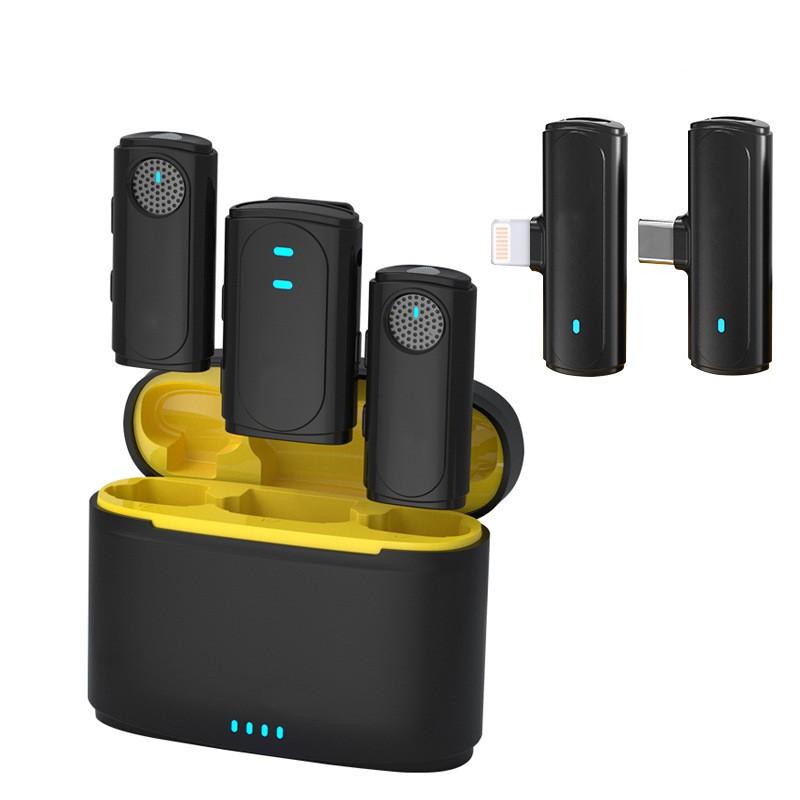
4、 Using Adapters and Plates to Attach a Camera to a C Stand
Using Adapters and Plates to Attach a Camera to a C Stand
Attaching a camera to a C stand is a common practice in the photography and film industry. It provides stability and flexibility when positioning the camera for capturing shots. To attach a camera to a C stand, you will need adapters and plates that are compatible with your camera and stand.
First, you will need a camera mounting plate. This plate typically attaches to the bottom of your camera and provides a secure connection point. Make sure to choose a plate that is compatible with your camera's mounting system, such as a quick-release plate or a standard 1/4"-20 screw.
Next, you will need an adapter that allows you to connect the camera mounting plate to the C stand. There are various types of adapters available, including ball heads, grip heads, and mounting arms. The choice of adapter will depend on your specific needs and the type of shots you want to capture.
To attach the camera to the C stand, start by securing the adapter onto the stand's mounting stud. Make sure it is tightened securely to prevent any movement. Then, attach the camera mounting plate to the adapter using the appropriate connection method. Again, ensure that it is securely fastened to avoid any accidents or damage.
It is important to note that the latest point of view in attaching a camera to a C stand involves using versatile mounting systems such as the Arca-Swiss system. This system allows for quick and easy attachment and detachment of cameras using a compatible plate. Additionally, some adapters now come with built-in leveling mechanisms, allowing for precise adjustments of the camera's position.
In conclusion, attaching a camera to a C stand requires the use of adapters and plates that are compatible with your camera and stand. By following the steps mentioned above and considering the latest advancements in mounting systems, you can securely attach your camera to a C stand and capture stunning shots with stability and flexibility.
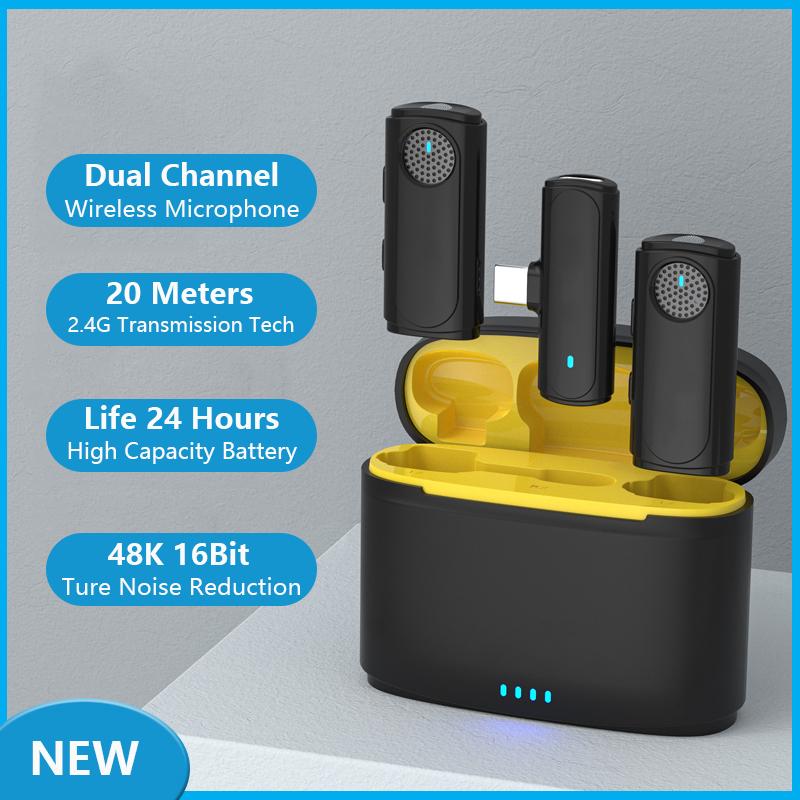

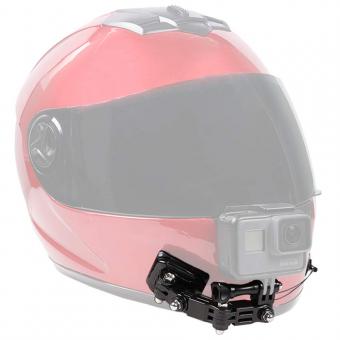


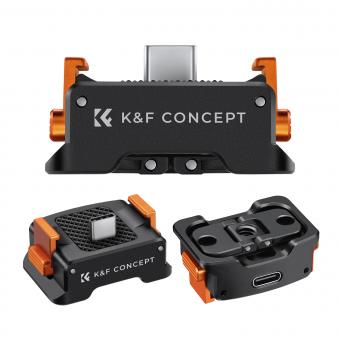



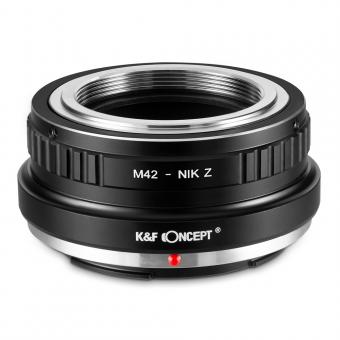
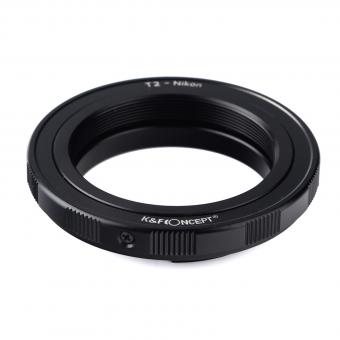
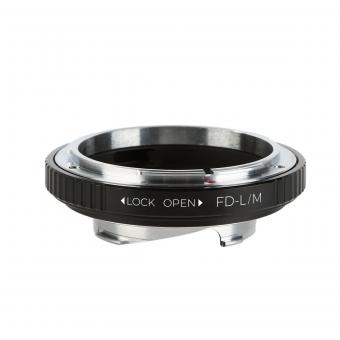
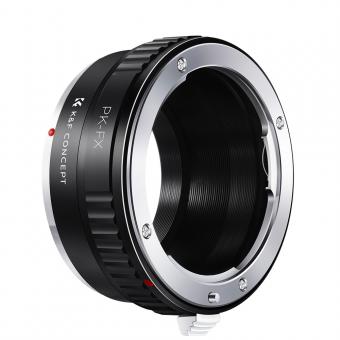






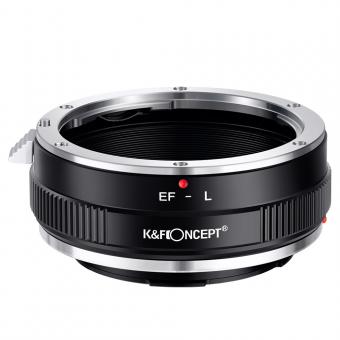

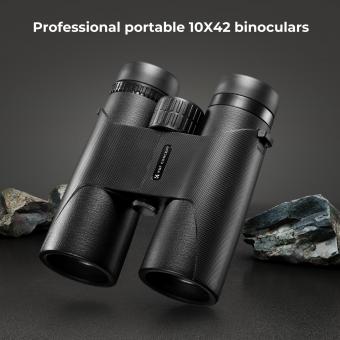

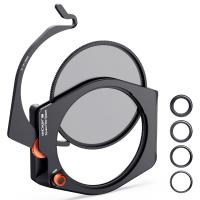


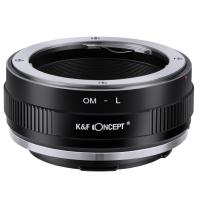
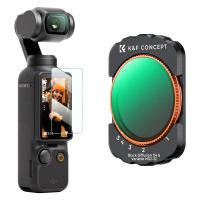


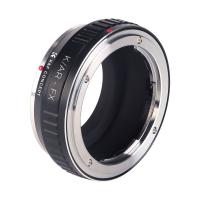

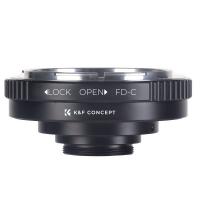
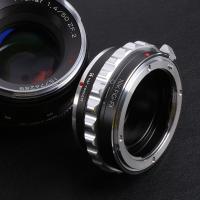
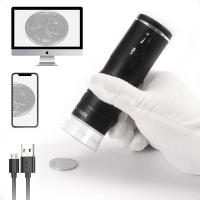



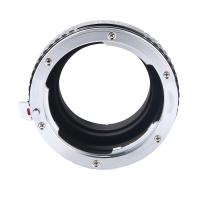

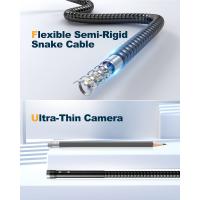
There are no comments for this blog.